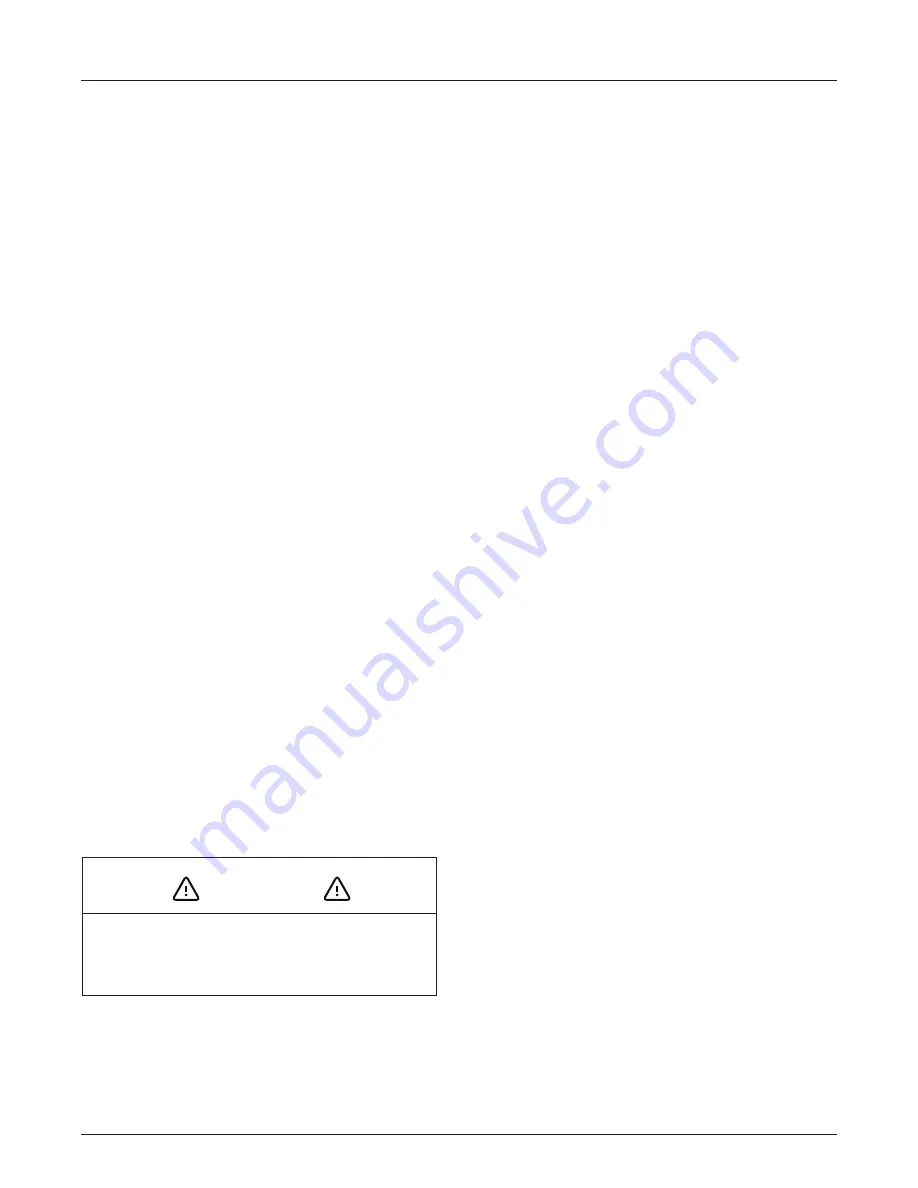
Document 2.4.126, Revision 4
October 2017
33
Three-Phase Padmounted Distribution Transformers
Additional Maintenance Instructions
Features and accessory devices discussed herein
may not be present in all transformers. Some
features or accessory devices may be present
on a transformer, but not discussed in these
instructions. Howard Industries does not represent
that these instructions are complete, sufficient,
accurate or useful for all circumstances.
Questions regarding installation, operation, and
maintenance (particularly when encountering
unusual or special circumstances not sufficiently
covered by these instructions) should be directed
to the Howard Industries Transformer Division.
Repair Parts
Repair parts can be ordered from the Howard
Industries Transformer Division. A description of
the part and the transformer serial number will be
required to ensure that the correct part has been
ordered.
Warranty Claims
The Howard Industries Transformer Division
should be notified immediately when problems are
discovered during the warranty period. All warranty
repairs must be made or approved by the Howard
Industries Transformer Division.
Transformer Disposal
Comply with all local, state and federal regulations when
disposing of any insulating fluid. Fluid type and volume
can be determined by referring to the transformer
nameplate. Contact Howard Industries to obtain the
appropriate fluid Safety Data Sheet (SDS). The SDS
identifies fluid composition and properties, and describes
important safety, handling and storage, ecological,
regulatory, disposal and other pertinent information.
WARNING
Improper disposal of a
transformer
could result in
personal injury or death and could be hazardous to
the environment.
Before the transformer tank can be safely cut with a
grinder or torch, any potentially explosive gasses must
be removed from the tank interior. This can be done by
first operating the pressure relief device to slowly bring
the tank interior to atmospheric pressure, removing
the transformer cover or hand-hole cover, and then
completely purging the interior with pure air or an inert
gas such as nitrogen.




































